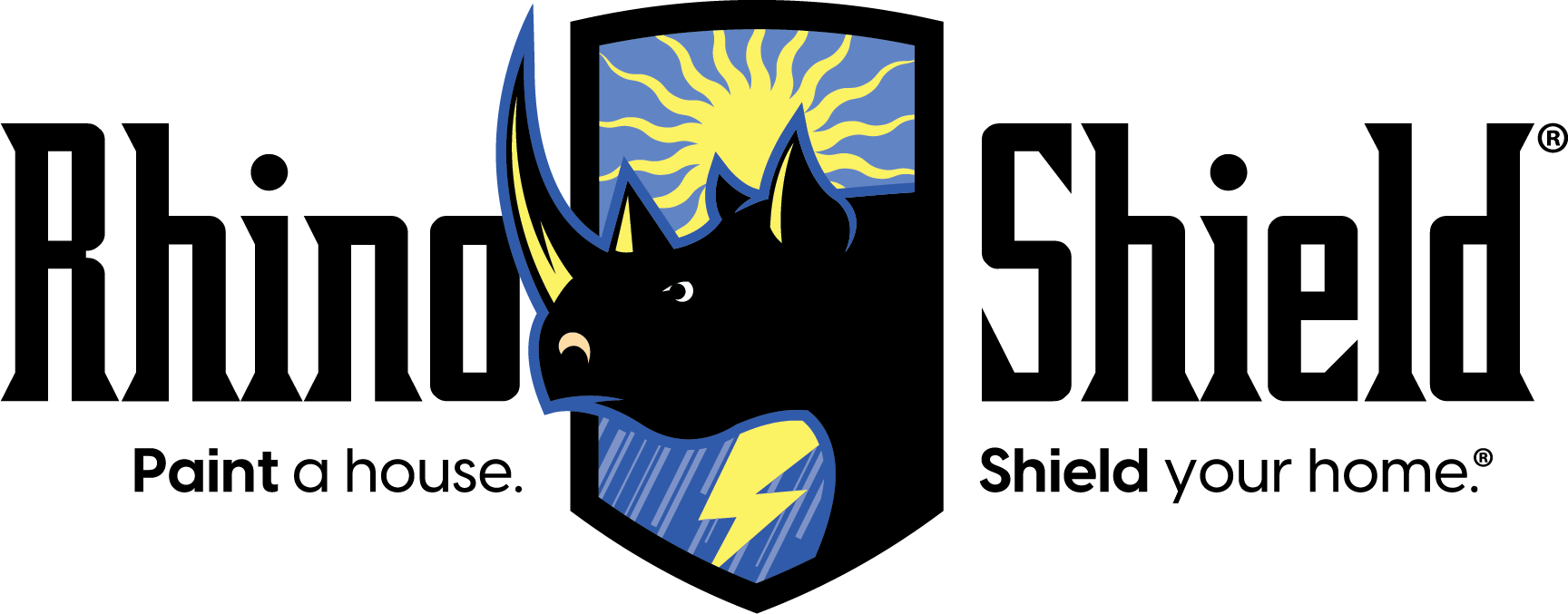
Introduction: Navigating Your Exterior Paint Choices
Choosing the right exterior paint for your house is a crucial decision that goes beyond aesthetics. It's about ensuring durability, environmental friendliness, and the right fit for your lifestyle. At Rhino Shield, we understand the complexity of these choices. Many homeowners come to us asking, "Should I opt for oil or water-based paint?" and "Is a separate primer necessary?" These questions reflect common concerns about longevity, performance, and environmental impact. In this article, we dive deep into these questions, armed with the latest research and our extensive field experience, to provide you with detailed, practical guidance. As industry leaders, we’re here to help you understand the nuances of exterior painting, ensuring you’re equipped to make the best decisions for your home.
Oil vs. Water-Based Paints: What’s Best for Your Home?
Historically, oil-based paints dominated the market due to their durability and smooth finish. Yet, with evolving environmental regulations and advances in paint technology, water-based paints have surged in popularity. Here’s a detailed comparison to guide your choice:
- Environmental Impact: Water-based paints are low in volatile organic compounds (VOCs), making them less harmful to the environment and reducing health risks associated with paint fumes.
- Ease of Application and Cleanup: Unlike oil-based paints that require turpentine or mineral spirits for cleanup, water-based paints can be cleaned up with just soap and water. They also dry faster, reducing the overall time of your painting project.
- Durability and Technological Advances: Modern water-based paints have improved significantly, offering durability that competes with oil-based options. They resist yellowing, maintain their color better under UV exposure, and are less prone to cracking.
For areas requiring a tough finish, such as trims, doors, and cabinets, oil-based products may still be preferable due to their resilience. However, for most exterior surfaces, water-based paints offer a robust, eco-friendly alternative.
The Primer Debate: Separate Primer or Paint-Primer Combo?
The right foundation for your paint can significantly affect its longevity and appearance. Here’s why opting for a separate primer is often the best path:
- Targeted Performance: Primers are specifically formulated to improve paint adhesion, enhance the paint's color, and prevent stains. They are designed to bond with the underlying material, whether it's wood, metal, or masonry, and create a cohesive surface for the paint.
- Versatility and Customization: Separate primers can be customized to address specific issues such as high humidity, mold susceptibility, or surfaces prone to rust. This tailored approach ensures better durability and performance of the paint job.
While paint-primer combinations offer convenience, they generally do not perform as well in demanding exterior environments. They may be suitable for less exposed areas or when doing minor touch-ups.
Average Price Range
- A standard latex paint job typically costs between $5,000 and $9,000 and needs to be redone every five years. Over twenty-five years, the repainting costs for latex paint could total $25,000 to $45,000 for the same house.
- Compare this to a single Rhino Shield installation with a 25-year product warranty. For a typical three-bedroom home with 2,000 square feet of wall space, installing a Rhino Shield coatings system can cost between $13,000 and $18,000, which averages about $6.50 to $9.00 per square foot. However, since you won’t have to repaint, the long-term cost of Rhino Shield is much lower, ultimately saving you thousands of dollars over time.
Weather and Painting: Timing It Right for Best Results
The timing of your painting project can greatly influence the quality and durability of the finish. Here are specific guidelines to follow:
- Temperature Constraints: Paint should ideally be applied in mild temperatures (between 50 and 85 degrees Fahrenheit). Extreme cold can prevent paint from curing correctly, while extreme heat can cause it to dry too quickly.
- Sunlight and Humidity: Painting in direct sunlight can lead to uneven drying, which can affect the finish and color integrity. High humidity can delay drying times and affect adhesion.
Plan your project for early morning or late afternoon to avoid peak sunlight hours, and always check the weather forecast to avoid rain shortly after painting.
Color Trends in Exterior Paint: What’s Popular Now?
Color choices in exterior paint not only reflect personal style but also influence the curb appeal and value of your home. Here’s what’s trending:
- Light vs. Dark: The trend towards lighter walls with darker trims continues to grow, offering a striking visual contrast that enhances architectural features. However, there’s a growing preference for richer, darker hues that add character and depth to exteriors.
- Regional Variations: Color preferences can vary widely depending on the region, with coastal areas favoring blues and greens, while earthy tones are popular in rural settings. Urban areas might see more experimental color combinations as homeowners look to stand out.
Durability of Exterior Paint: How Long Can It Last?
The lifespan of your exterior paint is influenced by several factors:
- Quality of Paint: Premium paints with higher quality ingredients tend to offer better durability, color retention, and resistance to weathering.
- Surface Preparation: Thorough cleaning, necessary repairs, and proper priming are crucial for ensuring that paint adheres well and lasts longer.
- Application Techniques: Professional application ensures even coverage and proper technique, crucial for extending the life of your paint job.
By choosing high-quality products like those offered by Rhino Shield and ensuring proper application, you can expect your exterior paint to protect and beautify your home for years to come.
Maintenance of Exterior Paint: Keeping Your Home Looking New
Maintaining your exterior paint is crucial for extending its life and maintaining your home's aesthetic appeal. Simple steps include:
- Regular Cleaning: A gentle wash annually helps remove accumulations of dirt, pollen, and pollutants, which can degrade the paint over time.
- Inspections: Regularly check for cracks, peeling, or blistering and address these issues promptly to prevent further damage.
Conclusion: Trusting Rhino Shield with Your Home
At Rhino Shield, we pride ourselves on providing solutions that meet the needs of a diverse range of homeowners. While our products are designed for long-term performance and aesthetic appeal, we recognize they may not be the right fit for everyone. For those seeking a temporary or less durable solution, other options might be more suitable. However, if you're looking for a product that offers durability, beauty, and peace of mind, Rhino Shield is here to help. With our expertise and commitment to quality, we're confident in offering you the best in exterior painting solutions. Remember, choosing the right paint can transform your home—not just in appearance but in value and longevity.
If you’d like a free, no-obligation quote for Rhino Shield, click the button below.

